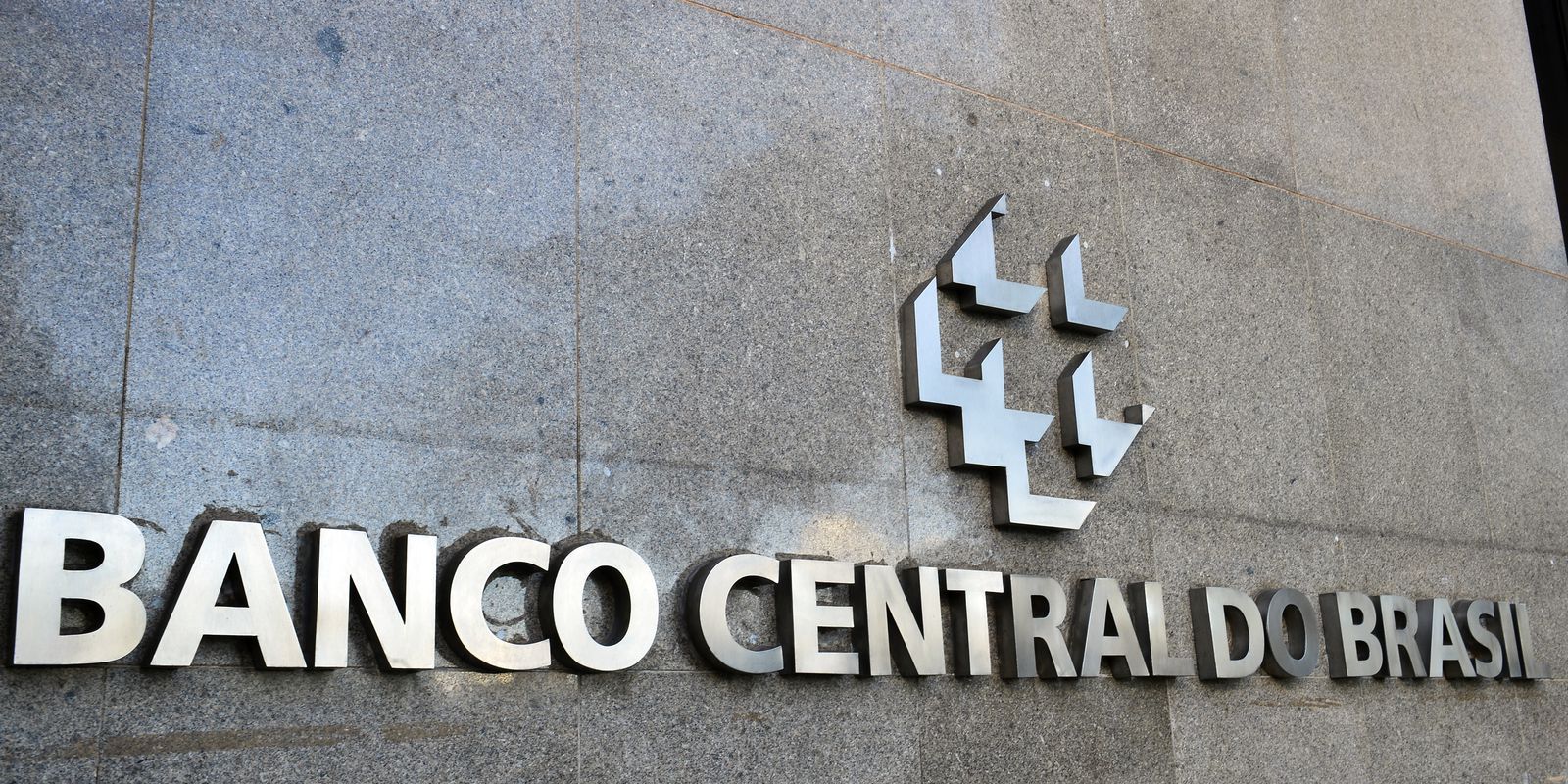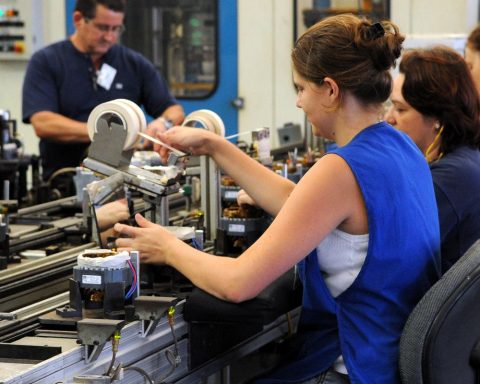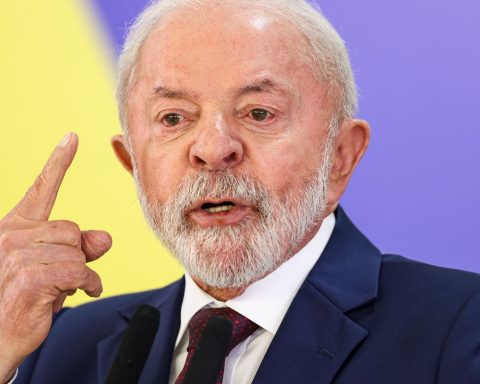The Monetary Policy Committee (Copom) of the Central Bank (BC) begins today (6), in Brasília, the eighth meeting of the year to define the Selic rate, basic interest rate of the economy, and should maintain the monetary tightening with the maintenance of the rate by 13.75%. Tomorrow (7), at the end of the day, the Copom will announce its decision.
In a statement after the last meeting, in October, the agency informed that it will maintain interest rates for the time necessary to hold down inflation and judged the level adequate to deal with the uncertainties about the Brazilian economy. The Copom, however, did not rule out the possibility of further increases if inflation does not fall as expected??
The rate remains at the highest level since January 2017, when it was also at 13.75% per annum. This should be the third time in a row that the BC does not change the rate, which has remained at this level since August. Previously, the Copom had raised the Selic rate 12 consecutive times, in a cycle that began in March last year amid rising food, energy and fuel prices.
In November, the official inflation, as measured by the Extended National Consumer Price Index (IPCA), was 0.95%, and, with this result, it accumulates an increase of 9.26% in the year and 10.74% in 12 months. Accumulated inflation in 12 months is the highest since November 2003, according to data from the Brazilian Institute of Geography and Statistics (IBGE). It was the second month of high inflation after 3 months of deflation between July and September.
Selic Rate
The basic interest rate is the Central Bank’s main instrument to keep inflation under control. It is used in the negotiation of public securities issued by the National Treasury in the Special System for Liquidation and Custody (Selic) and serves as a reference for other rates in the economy. The BC acts daily through open market operations – buying and selling federal public bonds – to keep the interest rate close to the value defined at the meeting.
When the Copom raises the basic interest rate, the purpose is to contain heated demand, and this affects prices because higher interest rates make credit more expensive and stimulate savings. Thus, higher rates can also curb economic activity. By reducing the Selic rate, the tendency is for credit to become cheaper, encouraging production and consumption, reducing inflation control and stimulating economic activity.
However, the credit interest rates do not vary in the same proportion as the Selic, which is only part of the cost of credit. Banks also consider other factors when defining the interest charged to consumers, such as risk of default, profit and administrative expenses.
The Copom meets every 45 days. On the first day of the meeting, technical presentations are made on the evolution and perspectives of the Brazilian and world economies and the behavior of the financial market. On the second day, the members of the Copom, formed by the BC’s board, analyze the possibilities and define the Selic.
inflation target
For 2022, the inflation target that must be pursued by the Central Bank, defined by the National Monetary Council (CMN), is 3.5%, with a tolerance interval of 1.5 percentage points up or down. That is, the lower limit is 2% and the upper limit is 5%. For 2023 and 2024, the targets are 3.25% and 3%, respectively, with the same tolerance range.
In the last Inflation Report, released in September by the Central Bank, the monetary authority even predicted a drop in inflation and revised the index downwards, from 8.8% to 5.8%, but still above the target. With the latest IPCA results, inflation accumulated in 12 months is already more than twice the ceiling of the target set for 2022. The next report will be released on December 15th.
The market projection is for inflation to end the year at 5.92%, according to the Yesterday’s Focus bulletin (5)??
















